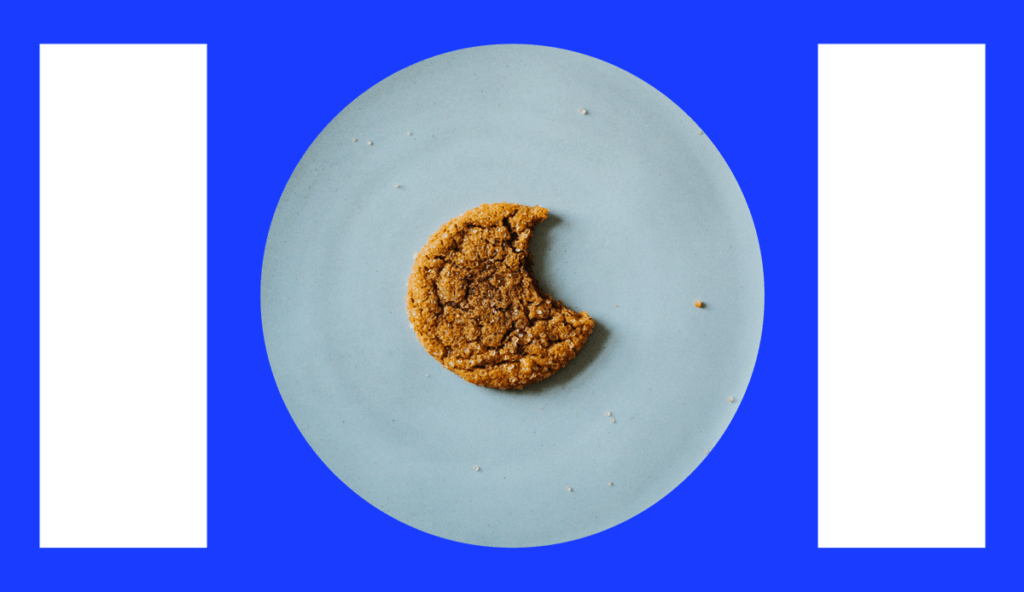Mastering Mobile User Acquisition while Adapting to Privacy

We recently had the pleasure of joining Michelle Webb, Head of Sales at Bidease and Nicole Strom-Jenson Head of Program Management, Adjust, on a webinar hosted by Dennis Mink, CMO at Bidease. The conversation focused around strategies for successful user acquisition in a privacy-focused landscape. With this being at the forefront of marketer’s minds going into 2025, we’ve summarised the key takeaways below. The full recording is available here.
The Challenges of iOS 14.5 and SKAN Evolution
The release of SKAN alongside iOS14 in 2020 marked a pivotal shift for mobile marketers, making user acquisition campaigns significantly harder to measure. Earlier this year, Apple introduced updates to SKAN (SKAdNetwork), an ad attribution framework designed to help advertisers work within these privacy parameters.
Is AdAttributionKit a Replacement for SKAN 4.0?
Currently, SKAN 3.0 and SKAN 4.0 operate in parallel, as do SKAN 4 and AdAttributionKit. While Apple may eventually sunset SKAN, this change is expected to take time. AdAttributionKit allows advertisers to gain more granular data, though user opt-in remains essential for meaningful insights. The adoption of these frameworks will shape the future of mobile measurement.
Key Differences Between AdAttributionKit and SKAN
AdAttributionKit brings two significant enhancements: it supports tracking on third-party app stores, enabling a broader reach, and allows for re-engagement measurement. Unlike SKAN, it tracks both new installs and re-downloads, giving marketers a clearer view of the customer journey and better insights into the impact of their marketing budget.
Creating Personalized Experiences with Privacy in Mind
“Planning is just as important as execution, which means gathering a clear understanding of your audience and goals before launching any activity.”
Megan Price, Programmatic Supervisor, M&C Saatchi Performance
The key to success is agile targeting combined with intelligent, privacy-compliant creativity. Despite signal loss, fundamentals such as strong creative, targeting and strategy based on audience insights, and comprehensive testing remain essential to overcoming privacy challenges.
Programmatic transparency becomes even more valuable in limited data environments, and access to first-party data becomes more essential. This approach maintains personalization while respecting privacy boundaries.
Addressing Signal Loss
Working with MMPs like Adjust provides advertisers with access to compliance-driven tools designed to navigate privacy regulations. As data processors, these tools relieve clients of privacy pressures by embedding compliance into the MMPs systems. Access to broader data sources also enables Adjust to create models that provide competitive insights beyond what isolated data can offer.
Maximizing Success with SKAN Campaigns
Leveraging Historical Data:
As a performance agency, we have a wealth of experience helping clients balance proactivity and preparedness by integrating historical data with SKAN testing. This combined data supports comparisons between attribution numbers, informs DSP optimizations, and refines conversion schemas. MMP data also contributes valuable insights for long-term measurement.
Impact of Creative:
High-impact, quality creatives are crucial in driving long-term and stand-out performance. Best practice creative development is essential. For example, it must be adapted for each channel, audience, and locality to ensure successful results.
A/B testing between SKAN and Device ID Campaigns:
Running SKAN-only campaigns alongside device ID campaigns for A/B testing has revealed instances where SKAN performs strongly, encouraging some advertisers to reduce their reliance on device ID traffic.
Setting Key KPIs Amid Signal Loss
“It’s essential to know your KPI and understand its importance. We need to ask ourselves, ‘Are we prioritizing short-term efficiency at the expense of sustainable, long-term growth?’”
Megan Price, Programmatic Supervisor, M&C Saatchi Performance
Focusing on a single KPI is crucial to avoid getting lost in data noise. While attribution remains vital, we advise clients to set up a measurement framework consisting of the trifecta of Attribution and have tools like Incrementality testing and Media Mix Models to provide a holistic view of what’s driving performance.
Implementing a Holistic Measurement Strategy
M&C Saatchi Performance’s “Measurement Trifecta” comprises three key components, each offering unique benefits:
Attribution: Provides granular insights, guiding day-to-day, real-time decisions.
Incrementality: Considered the gold standard, especially since privacy changes began, it isolates the impact of a single channel.
Media Mix Modelling: Offers a holistic, long-term perspective.
We advise a “crawl-walk-run” model, beginning with an MMP audit to identify needs across programmatic, search, social, or data. Clear learning goals and robust tracking are critical, especially for incrementality studies, ensuring actionable insights and reducing risk of misinterpretation.
Emerging Technologies in Programmatic
In recent years, DSPs have moved beyond niche channels to embrace an omnichannel approach driven by privacy changes and the demand for innovation. This evolution benefits marketers by allowing them to consolidate budgets within one ecosystem, maximizing economies of scale, especially as data signals decrease.
Instead of focusing solely on in-app environments, many DSPs are expanding into Connected TV (CTV), digital out-of-home, and more, marking a broader industry shift. Additionally, new technologies like federated learning, data augmentation, and machine learning are paving the way for cross-device insights and more effective campaigns.
This innovation fosters healthy competition, which is crucial in programmatic. Unlike the dominance of walled gardens like Meta, the programmatic industry thrives on diverse, open platforms that drive growth and adaptability.
In Summary
As privacy standards continue to evolve, mobile user acquisition is getting trickier to navigate. Apple’s iOS 14.5 updates and SKAN have changed how advertisers handle attribution, and with AdAttributionKit bringing new elements such as support for third-party stores and re-engagement tracking, there are more tools to work with than ever. But amidst signal loss, advertisers should continue to focus on the basics: agile targeting, standout creative, and a KPI that balances short and long-term goals are key for a successful acquisition campaign.
Related Reading
A Guide to Future Proofing Measurement
Future Proofing Measurement. Preparing for signal loss
Optimization levers for app campaigns
Please contact us to speak to Megan or one of the teams about optimizing performance media campaigns.

